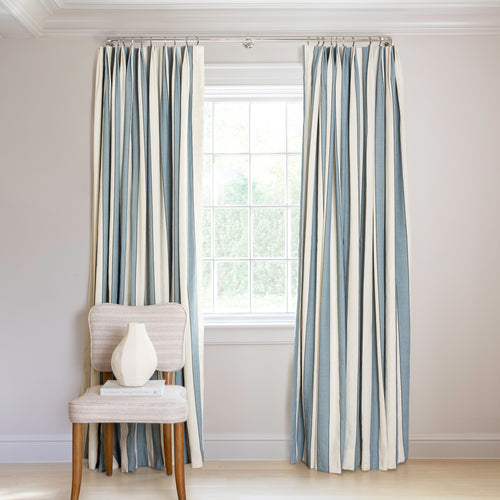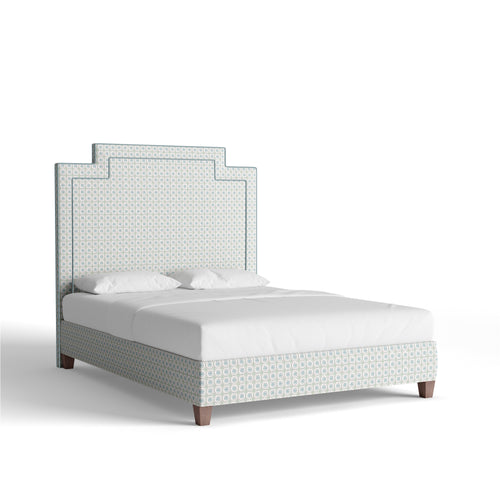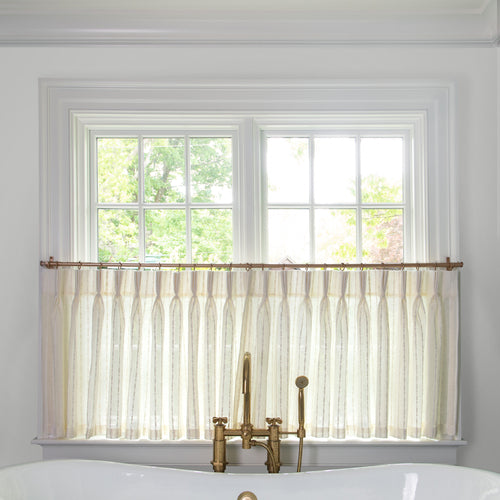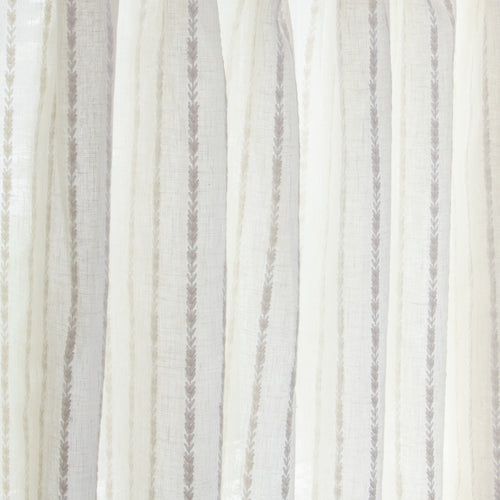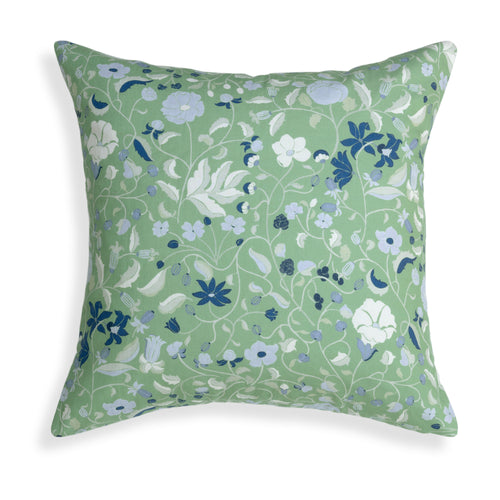
Window treatments combine aesthetic and function, and by no means should they be an afterthought when designing a space! “Oftentimes, window treatments are the last items selected for a room design, which is unfortunate,” notes Linda Mauck Smith of BLDC Design. “Window coverings not only are necessary for light control and privacy—they offer the perfect real estate for beautiful color, textures, and ‘glam!’”
With so many types of curtains on the market, you can certainly find a style that best speaks to your vision for a given space. If you’re having trouble narrowing down a top pick, read on to learn more about the various types Pepper offers and the merits of each construction.
And note that we’re here to help all throughout the curtain design process. Not sure what print is best for your space? It’s easy to order fabric swatches to your home to take a closer look. Plus, Pepper’s curtain calculator also makes it easy to go custom—let us handle the number crunching for you!
Pinch Pleat

This curtain style “always offers a tailored look and provides a finishing touch in any room,” says designer Abigail Horace of the design firm Casa Marcelo. Horace generally incorporates curtains with a pinch pleat in more formal living or dining rooms, “where I want the drapes to feel luxe and develop perfect creases over time.”
Rod Pocket

Designer Eleanor Trepte of Dekay and Tate appreciates rod pockets for smaller windows or glass doors in spaces where clients would like to maintain their privacy. “It’s a clean and beautiful look to cover a window in a first floor powder room,” she says. “You never have to move the curtain, as it allows natural light while still doing its job.” Because the rod underneath is hidden and can be adhered to the window with a tension mount, this is an excellent option for temporary, budget-conscious spaces, designer Annie Elliott notes.
Ring Top

This type of construction is best for more casual spaces, Horace comments, noting that she likes to incorporate ring top curtains in bedrooms. “It doesn’t read too serious,” she explains. Designer Malka Helft of Think Chic Interiors often uses this construction when a client opts for sheer curtains.
Grommet

Ideal for more contemporary spaces, this construction is “highly stylized and a very deliberate design choice,” Elliott says. She also appreciates how easy these types of curtains are to open and close. Tracy Morris notes that grommets come in an array of different finishes. “The additional metal detail adds a clean-lined touch for a modern home,” she says.
Tailored Pleat

This construction has been popular for decades—perhaps it was present in your own childhood home—and is best when utilized in more formal spaces, such as living rooms and dining rooms. Tailored pleat curtains are known for appearing full and orderly. “The drapes look tidy whether open or closed,” Elliott notes.
Customize Your Look With Trim and Lining
Selecting the right lining based on your household’s lifestyle is key prior to placing a curtain order. Privacy lining is an excellent choice for bathrooms and some first floor living spaces, where you will want to enjoy the benefits of natural light streaming inside while ensuring that neighbors can’t see directly into a given room. Blackout lining is always suitable for bedrooms, ensuring a dark space in which to rest at all hours. Check out our Privacy vs. Blackout blog post to compare the two styles!

Trim is an excellent way to add extra flair to your curtains, too. Whether you’re drawn tassels, pom poms, velvet bands, or something else entirely, you can’t go wrong zhushing up your curtains even further with a bit of detailing.
A Quick Note on Roman Shades

Design by Voge Interiors
Whether you don’t have a need for full-sized curtains or simply desire a more tailored look, you may wish to consider Roman shades, which can easily be raised or lowered by pulling a cord. Pepper offers an extensive array of fabric options if you wish to design your own Roman curtains for your living room, kitchen, bathroom, or play space—this style is a popular choice for a wide variety of rooms within the home. “Roman shades are appropriate when you have really ornate trim that you don’t want to hide, have a wallpaper that you want to feature, or are in a situation where you don’t want your curtains reaching the floor,” Horace says, citing the presence of radiators as one instance in which full length curtains wouldn’t be suitable.
Curtains are more than just functional; they’re truly an artful component of any home. Going the custom curtain route is an excellent way to ensure that your space is reflective of your aesthetic and stands the test of time. Still having difficulty determining which type of curtain construction works best for your space? We’re happy to weigh in via our complimentary design services to ensure you get going in the right direction!
